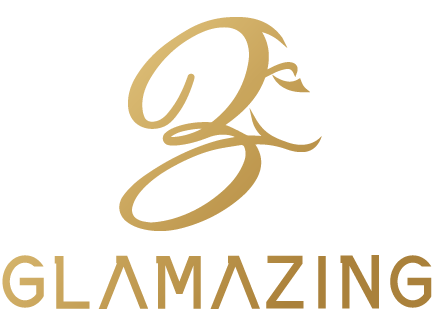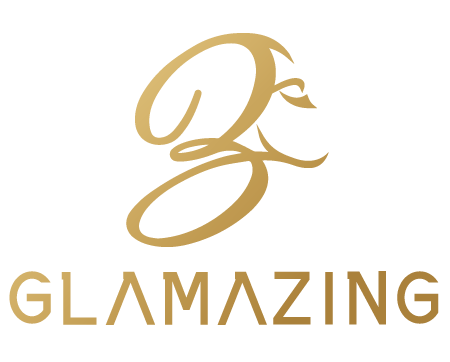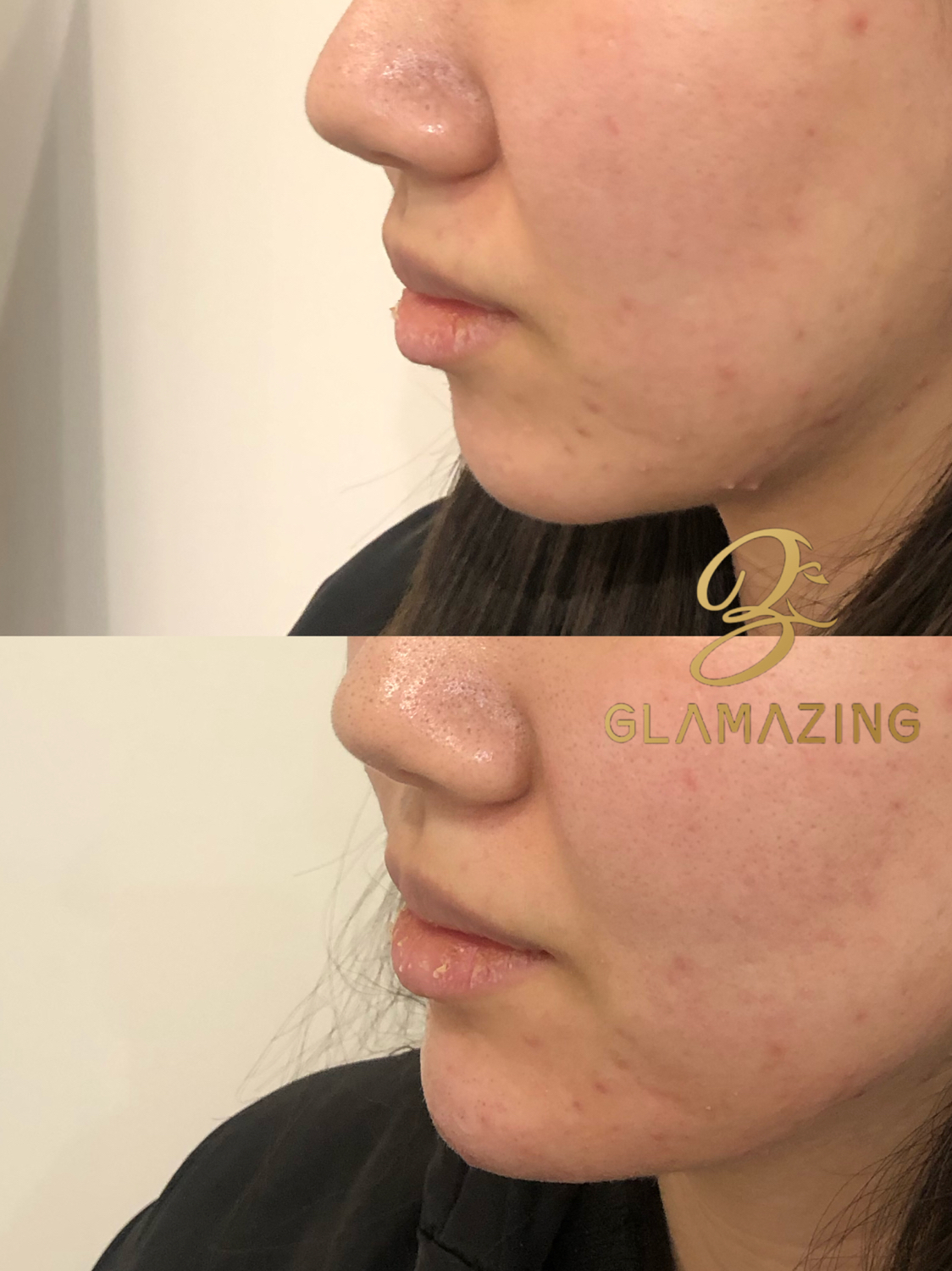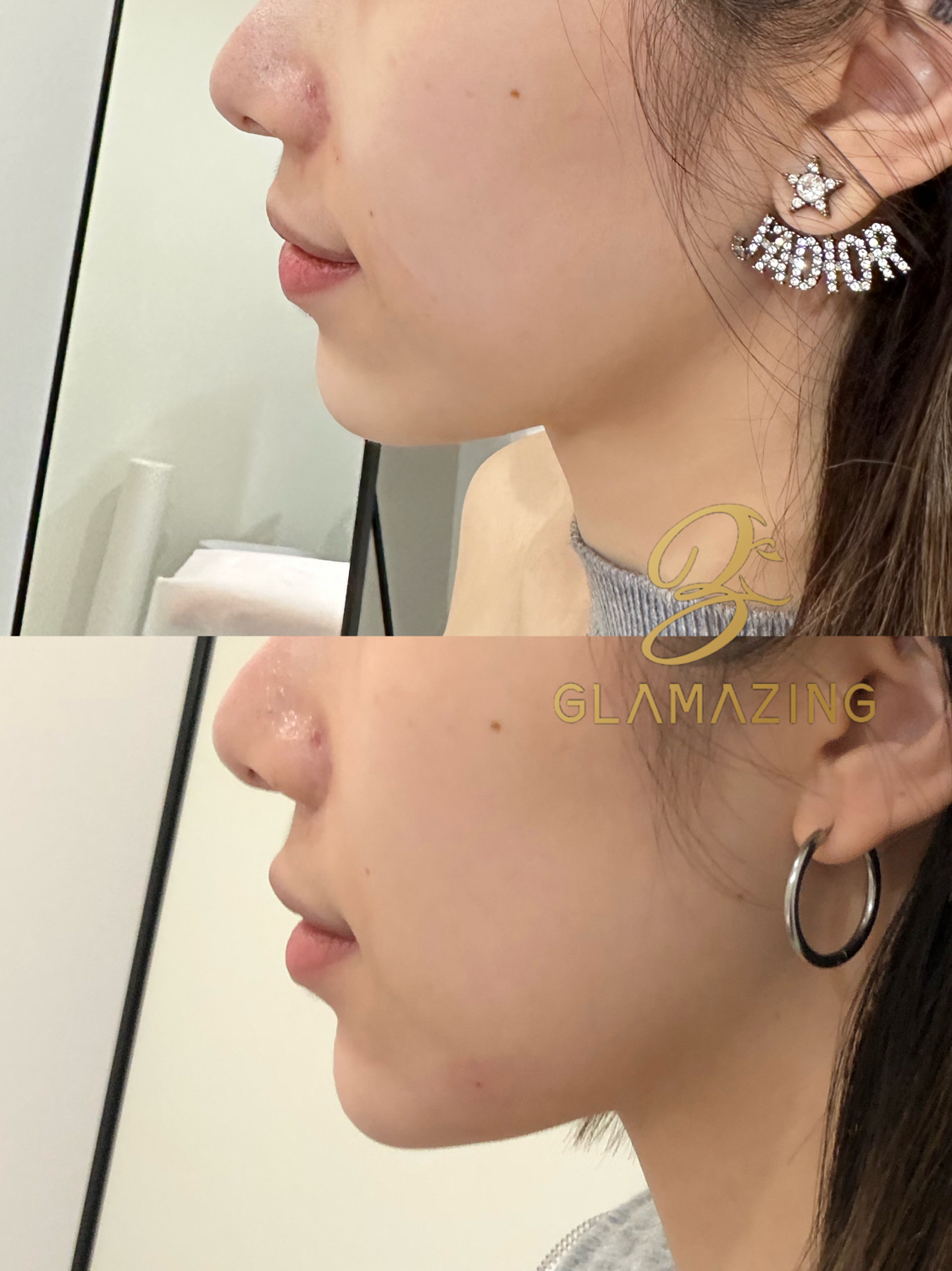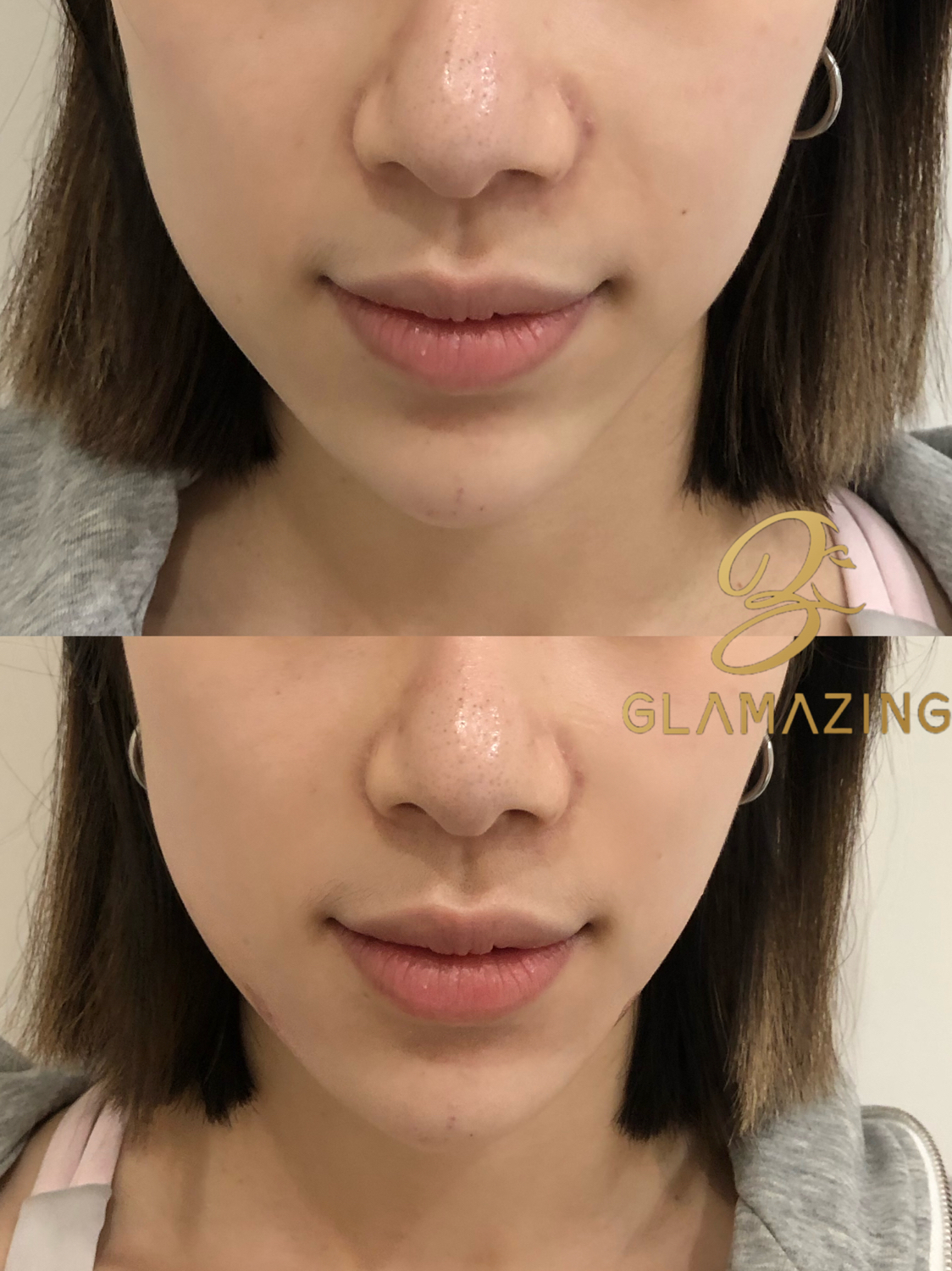Dysport is a popular treatment for reducing the appearance of wrinkles and fine lines in various parts of the face
Services and Procedures
After the initial treatment, it is common for patients to return to the clinic for periodic follow-up visits to monitor the progress of the treatment and determine if any additional injections are needed. The frequency of follow-up visits may vary depending on the individual’s needs and the desired results.The effects of Dysport typically last for several months before requiring another treatment session to maintain the results.
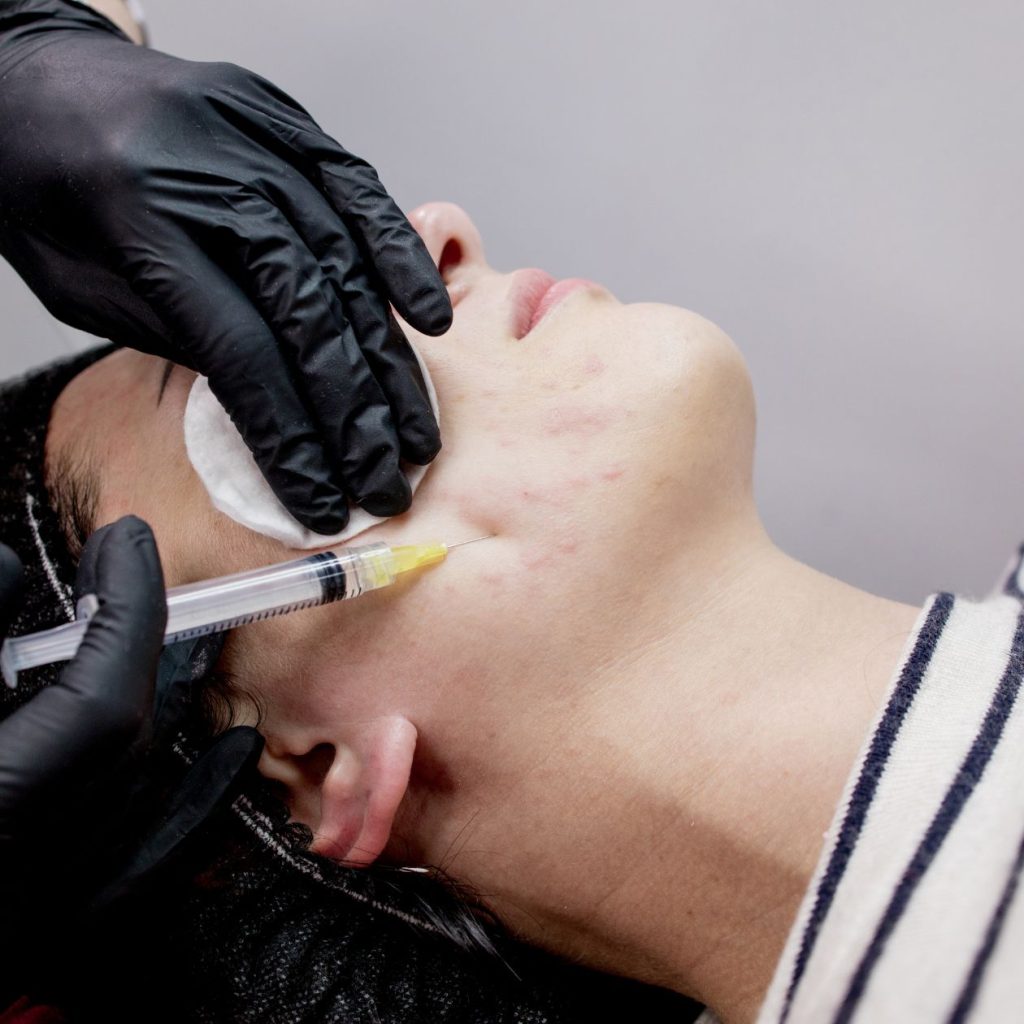
What areas can be treated
Dysport is injected into the affected area by a trained healthcare professional
- Forehead lines
- Frownlines
- Crow’s fee
- Bunny lines
- Smoker’s line
- Migraine headaches
- Hyperhidrosis
Safety
Dysport has been approved by regulatory agencies such as the US Food and Drug Administration (FDA) and the European Medicines Agency (EMA) for use in the treatment of various medical conditions and cosmetic concerns. When administered by a qualified healthcare professional, Dysport is generally considered safe and effective. Dysport is an appropriate treatment for you. It is also important to follow Glamazing Laser Clinic’s instructions for post-injection care to minimize any risks of adverse effects.

Frequently Asked Questions
Any questions you have are opportunities for us to provide professional answers
Dysport is an FDA-approved injectable neuromodulator that reduces wrinkles and fine lines. Its active ingredient, botulinum toxin type A, temporarily relaxes targeted facial muscles by blocking nerve signals. Dysport treats moderate to severe wrinkles, such as glabellar lines, crow’s feet, and forehead lines. It’s also used for medical purposes like treating cervical dystonia. Effects typically last 3-6 months, with variations depending on the treated area, injection technique, and individual metabolism.
Botox and Dysport are both injectable neuromodulators used to reduce the appearance of wrinkles and fine lines, primarily on the face. They work by temporarily relaxing the targeted facial muscles, which helps to smooth out the skin.
- Diffusion: Dysport tends to spread more than Botox, which can be advantageous for treating larger areas. However, this also means that Dysport may require more precise injection techniques to avoid unwanted muscle relaxation in adjacent areas.
- Onset of action: Some studies suggest that Dysport may act faster than Botox, with results appearing within 2-5 days for Dysport and 4-7 days for Botox. However, individual experiences may vary.
- Duration of effect: Both treatments usually last around 3-6 months, but individual results can differ depending on factors like the treated area, injection technique, and patient’s metabolism.
When choosing between Botox and Dysport, consult an experienced medical professional who can evaluate your specific needs and goals. Consider the treatment area, as Dysport may be better for larger areas, while Botox is suitable for smaller ones. Discuss onset and duration of results, as Dysport may act slightly faster, but both have similar longevity. Evaluate your personal experiences—if you’ve had positive results with one, you may prefer to stick with it. Ultimately, rely on our doctor’s expertise and experience to determine the best neuromodulator for your desired outcome.
